Creating Outdoor Living Spaces: Patios, Decks, and More
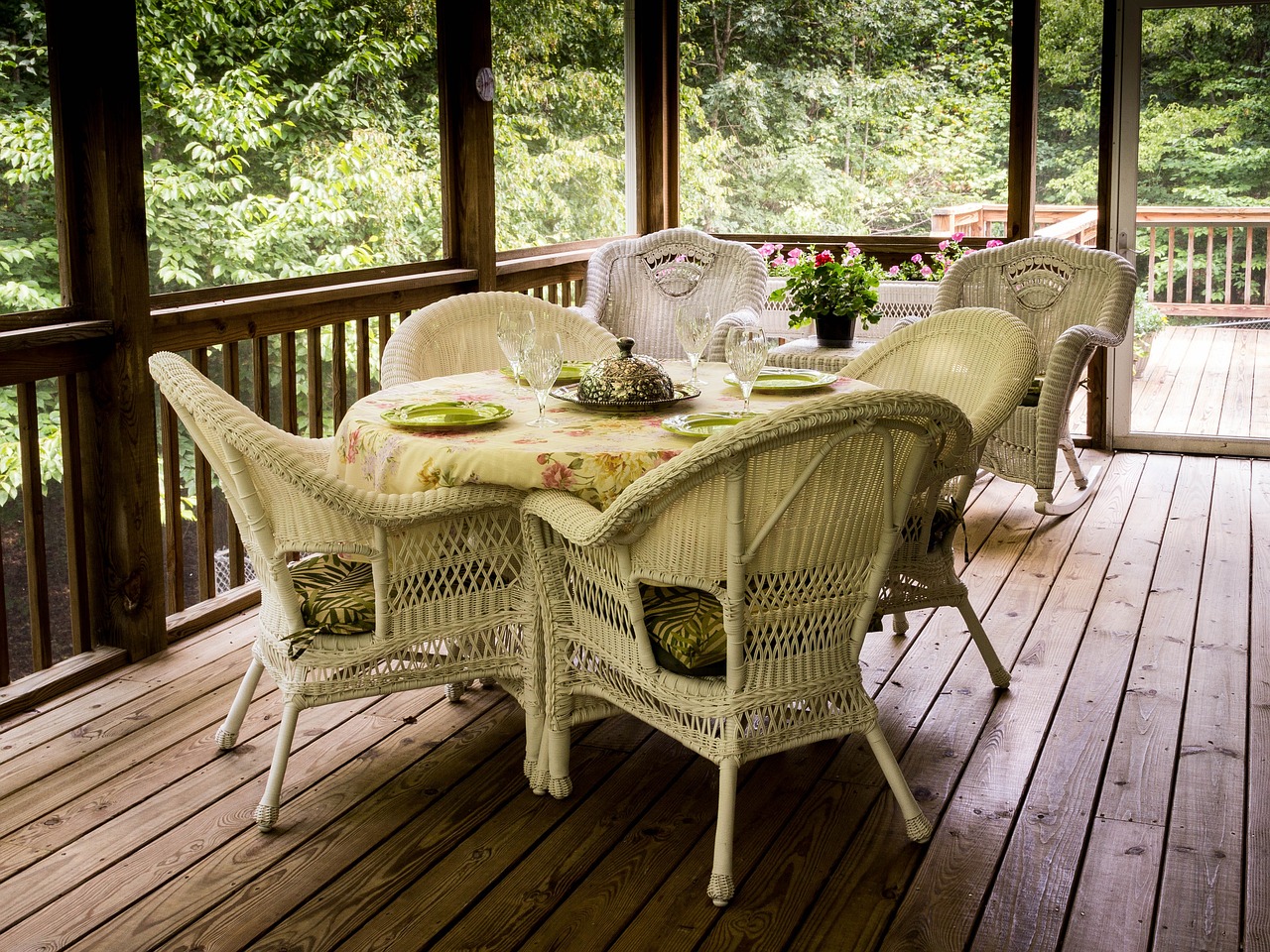
Planning Your Outdoor Living Space
Creating a functional and aesthetically pleasing outdoor living space requires careful planning and consideration. A well-designed outdoor area can serve as an extension of your home, providing additional space for relaxation, entertainment, and enjoying nature. Before diving into construction, it’s crucial to assess your needs, evaluate your available space, and establish a realistic budget. (more…)
The Art of Hardscaping: Adding Structure to Your Landscape
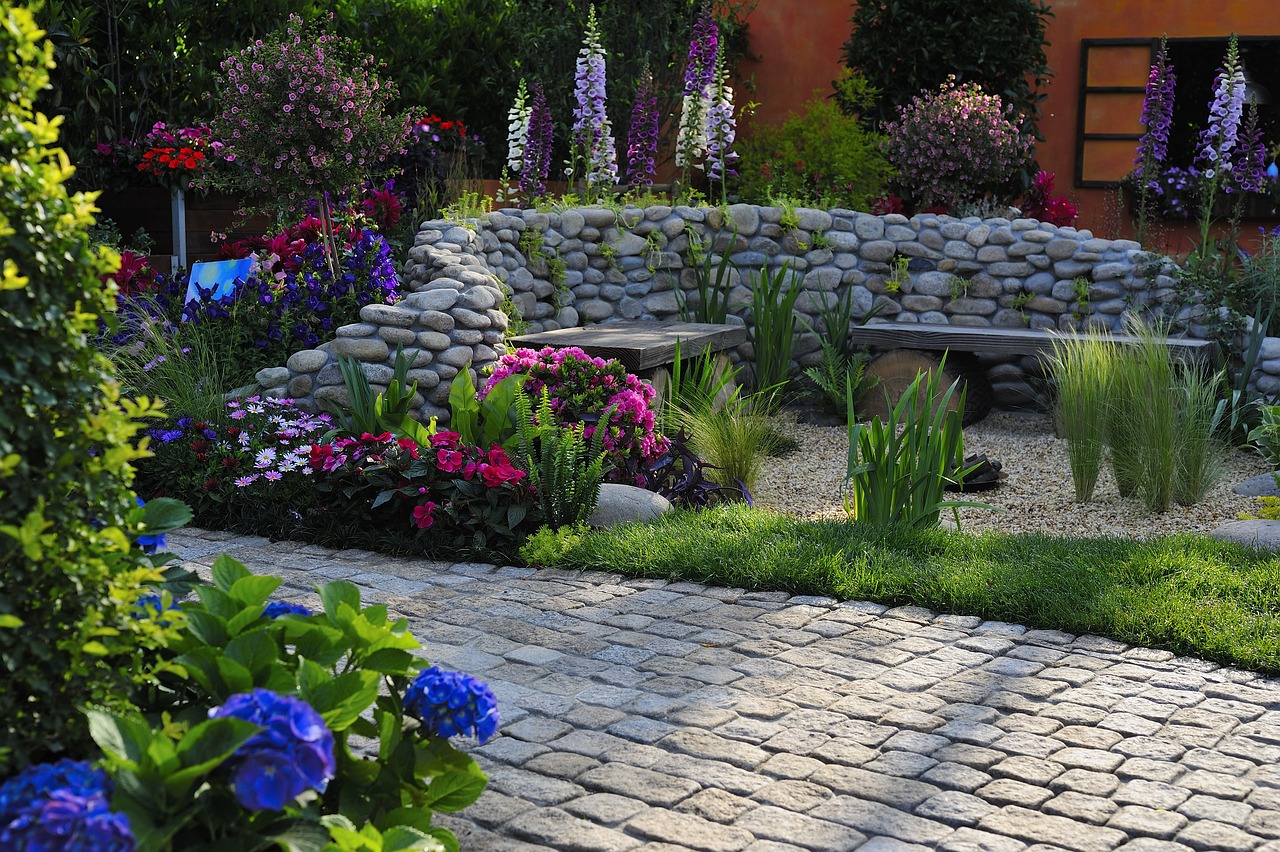
Hardscaping is a fundamental component of landscape design that encompasses all the non-living elements in your outdoor space. These structures provide the backbone of your landscape, creating definition, functionality, and visual interest. From pathways and retaining walls to patios and water features, hardscaping elements work in harmony with softscaping (plants and natural elements) to create a cohesive and appealing outdoor environment. (more…)
[Top]Transforming Small Yards: Big Ideas for Tiny Spaces
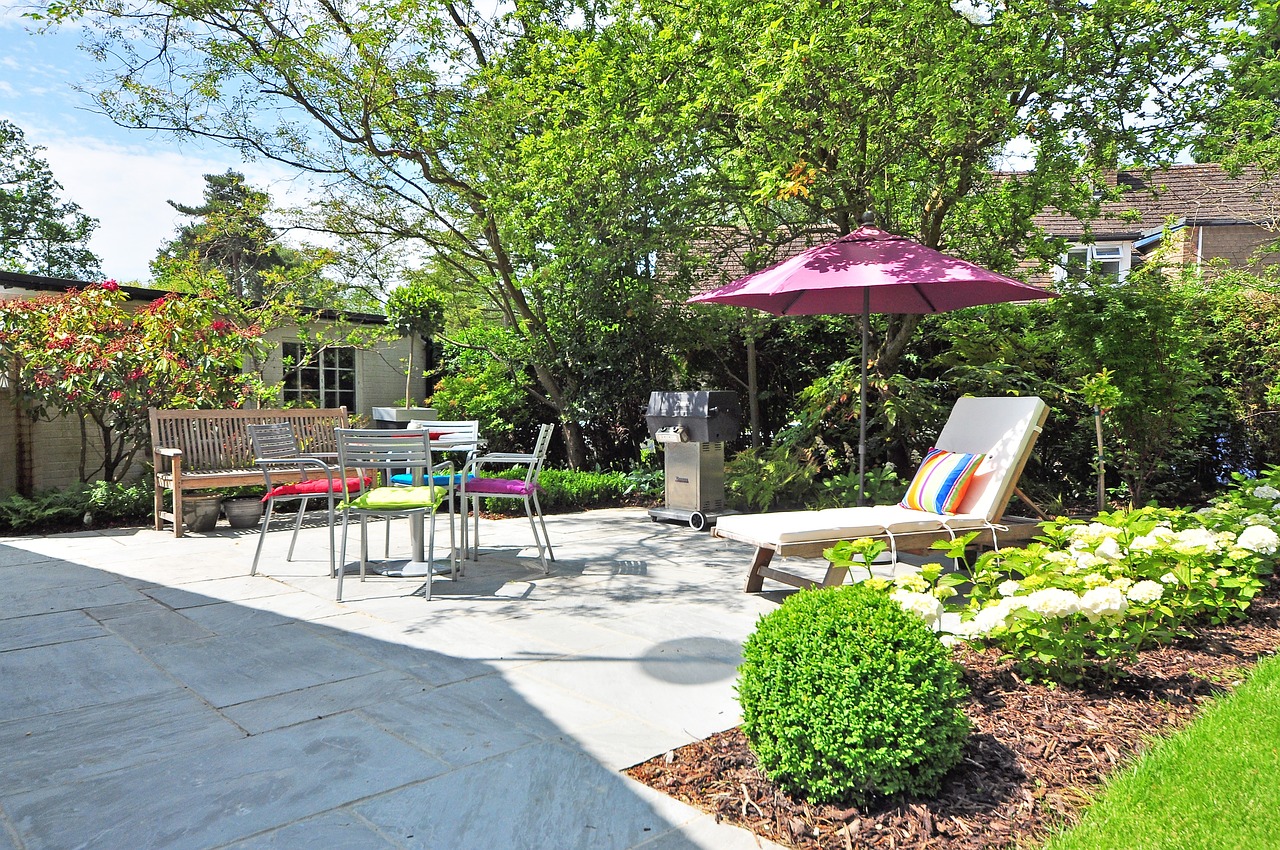
Effective planning is the cornerstone of maximizing the potential of a small yard. By carefully considering every inch of available space, you can create a functional and aesthetically pleasing outdoor area that feels much larger than its actual dimensions. The key to success lies in thoughtful design choices and creative solutions that make the most of limited square footage. (more…)
[Top]Designing Home Offices for Productivity and Style
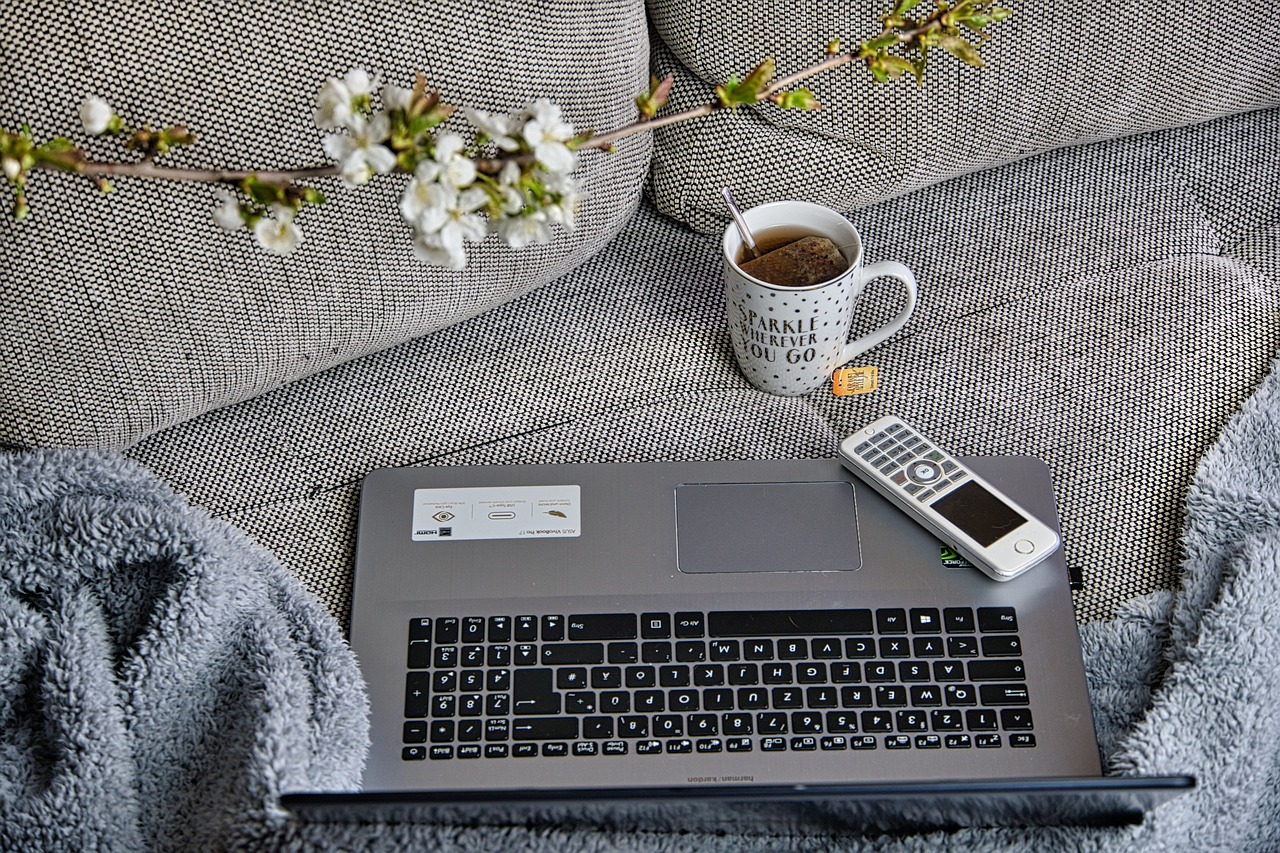
Planning your home office space is a crucial first step in creating an environment that fosters productivity and reflects your personal style. A well-thought-out office layout can significantly impact your work efficiency and overall satisfaction with your workspace. Before diving into the specifics of furniture and decor, it’s essential to carefully consider your needs and available space. (more…)
[Top]Luxury Bathroom Designs: Ideas for a Spa-Like Experience
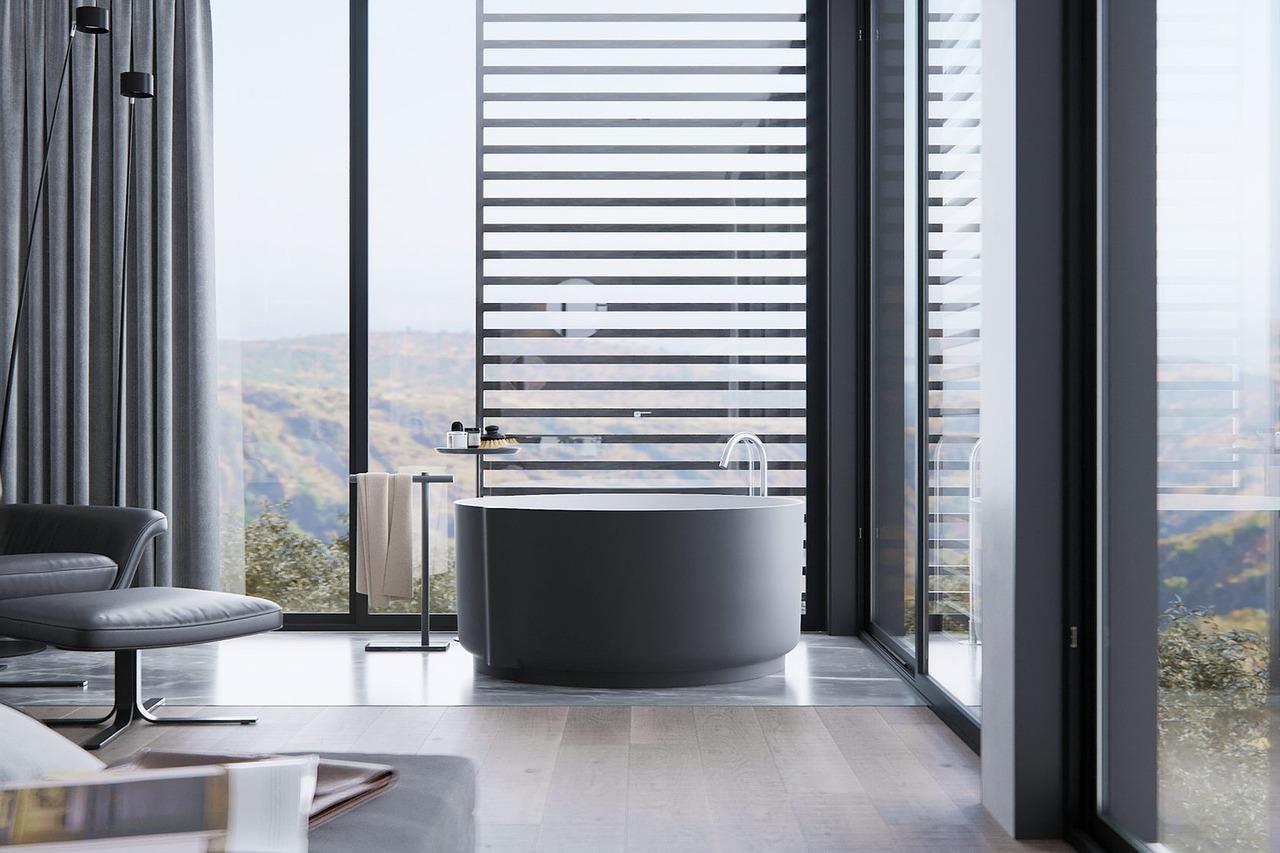
The foundation of any luxurious bathroom lies in the careful selection of premium materials. High-quality materials not only enhance the visual appeal but also contribute to the overall durability and functionality of the space. When designing a spa-like bathroom, it’s crucial to invest in materials that exude opulence and withstand the test of time. (more…)
[Top]The Art of Minimalism: Designing a Clean and Clutter-Free Home
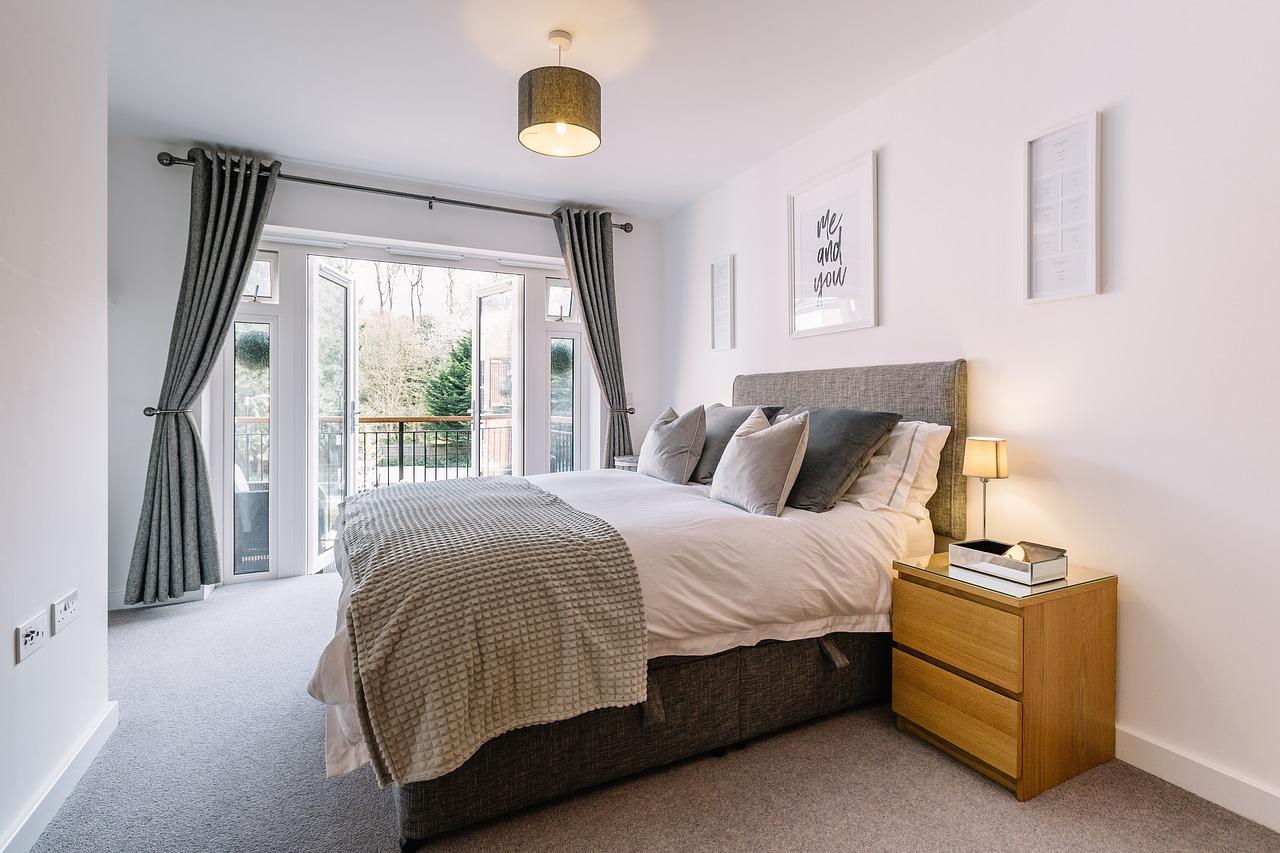
Minimalism is a philosophy that extends far beyond aesthetics, encompassing a lifestyle that prioritizes simplicity, intentionality, and mindful living. At its core, minimalism in home design seeks to create spaces that are not only visually appealing but also functional and conducive to mental well-being.
Principles of Minimalist Design
The foundation of minimalist design rests on several key principles that guide the creation of serene and uncluttered living spaces:
- Simplicity: Embracing clean lines and unadorned surfaces
- Functionality: Ensuring every item serves a purpose
- Neutral color palette: Utilizing calming, muted tones
- Quality over quantity: Investing in fewer, high-quality pieces
- Negative space: Valuing empty areas as part of the design
- Natural light: Maximizing brightness to enhance spaciousness
Benefits of a Minimalist Home
Adopting a minimalist approach to home design can yield numerous advantages for both mental and physical well-being:
| Benefit | Description |
|---|---|
| Reduced stress | Fewer visual distractions lead to a calmer mind |
| Increased productivity | Organized spaces promote better focus and efficiency |
| Improved air quality | Less clutter means fewer dust-collecting surfaces |
| Enhanced creativity | Clear spaces foster clearer thinking and innovation |
| Financial savings | Reduced consumption leads to lower expenses |
| Easier maintenance | Fewer items result in quicker cleaning and organization |
By embracing these principles and reaping the benefits, homeowners can create living spaces that are not only aesthetically pleasing but also supportive of a more balanced and fulfilling lifestyle.
Decluttering Your Space
The journey towards a minimalist home begins with the crucial step of decluttering. This process involves a thorough evaluation of your possessions and a commitment to removing unnecessary items that contribute to visual and mental clutter. Effective decluttering sets the stage for a serene and functional living environment.
Steps to Declutter
Follow this systematic approach to declutter your home efficiently:
- Set clear goals: Define what you want to achieve with your decluttering efforts
- Start small: Begin with a single drawer or shelf to build momentum
- Sort items: Create “keep,” “donate,” and “discard” piles
- Be ruthless: Question the necessity of each item
- Use the one-year rule: If you haven’t used it in a year, consider letting it go
- Digitize documents: Scan important papers to reduce physical storage needs
- Address sentimental items: Keep only the most meaningful mementos
- Tackle one room at a time: Maintain focus and avoid overwhelm
- Involve family members: Ensure everyone contributes to the process
- Celebrate progress: Acknowledge your achievements to stay motivated
Organizing Essentials
Once you’ve decluttered, organizing the remaining items is crucial for maintaining a minimalist space:
| Storage Solution | Best For | Benefits |
|---|---|---|
| Multi-functional furniture | Living rooms, bedrooms | Maximizes space, hides clutter |
| Clear containers | Pantry, bathroom | Easily locate items, maintain visual order |
| Drawer dividers | Kitchen, office | Separate small items, prevent jumbled drawers |
| Wall-mounted shelves | Any room | Utilize vertical space, keep floors clear |
| Under-bed storage | Bedroom | Hide seasonal items, maximize unused space |
| Pegboards | Garage, craft room | Customize organization, easy access to tools |
By following these decluttering steps and implementing smart storage solutions, you’ll create a foundation for a truly minimalist home that’s both functional and aesthetically pleasing.
Choosing a Minimalist Color Palette

A carefully selected color palette is essential in creating a harmonious and tranquil minimalist space. The right colors can enhance the sense of spaciousness and serenity, while poor color choices can disrupt the minimalist aesthetic. Focus on creating a cohesive and calming environment through thoughtful color selection.
Neutral Tones and Accent Colors
The cornerstone of a minimalist color scheme is a neutral base, complemented by subtle accent colors:
- White: Creates a clean, bright foundation
- Beige: Adds warmth and softness
- Gray: Offers sophistication and versatility
- Black: Provides contrast and definition (use sparingly)
- Earthy tones: Bring natural elements indoors
- Pastel accents: Add subtle pops of color without overwhelming
Consistency in Color
Maintaining a consistent color scheme throughout your home is crucial for achieving a cohesive minimalist look:
| Room | Primary Color | Secondary Color | Accent Color |
|---|---|---|---|
| Living Room | Warm White | Light Gray | Sage Green |
| Kitchen | Crisp White | Pale Wood Tone | Matte Black |
| Bedroom | Soft Beige | Light Taupe | Dusty Blue |
| Bathroom | Cool White | Light Gray | Pale Yellow |
| Home Office | Off-White | Charcoal Gray | Terracotta |
By adhering to a consistent color palette, you create a seamless flow from room to room, enhancing the overall minimalist aesthetic of your home.
Selecting Minimalist Furniture
Furniture plays a pivotal role in defining the character of a minimalist home. The right pieces can elevate the space, while poorly chosen items can disrupt the clean, uncluttered aesthetic. Focus on selecting furniture that embodies both form and function, adhering to minimalist principles.
Essential Pieces
When furnishing a minimalist home, prioritize these key items:
- Low-profile sofa: Clean lines, neutral upholstery
- Streamlined dining table: Simple design, quality materials
- Platform bed: No headboard or minimal headboard design
- Multipurpose storage ottoman: Seating and hidden storage
- Floating shelves: Wall-mounted for a clutter-free look
- Minimalist desk: Sleek design with built-in cable management
- Statement armchair: Single piece for visual interest
- Coffee table with storage: Functionality without sacrificing style
Quality Over Quantity
Investing in high-quality furniture is essential for a lasting minimalist aesthetic:
| Aspect | High-Quality Furniture | Low-Quality Furniture |
|---|---|---|
| Materials | Solid wood, premium metals | Particleboard, cheap plastics |
| Construction | Joinery, reinforced frames | Glue, staples, weak joints |
| Finish | Even, durable coatings | Inconsistent, easily chipped |
| Comfort | Ergonomic design, quality cushioning | Poor support, thin padding |
| Longevity | 10+ years with proper care | 1-3 years before replacement |
| Cost | Higher initial investment | Lower upfront cost, frequent replacements |
| Environmental Impact | Sustainable materials, less waste | Non-recyclable materials, more landfill waste |
By choosing quality pieces that align with minimalist principles, you create a foundation for a home that is both beautiful and enduring.
Incorporating Minimalist Decor
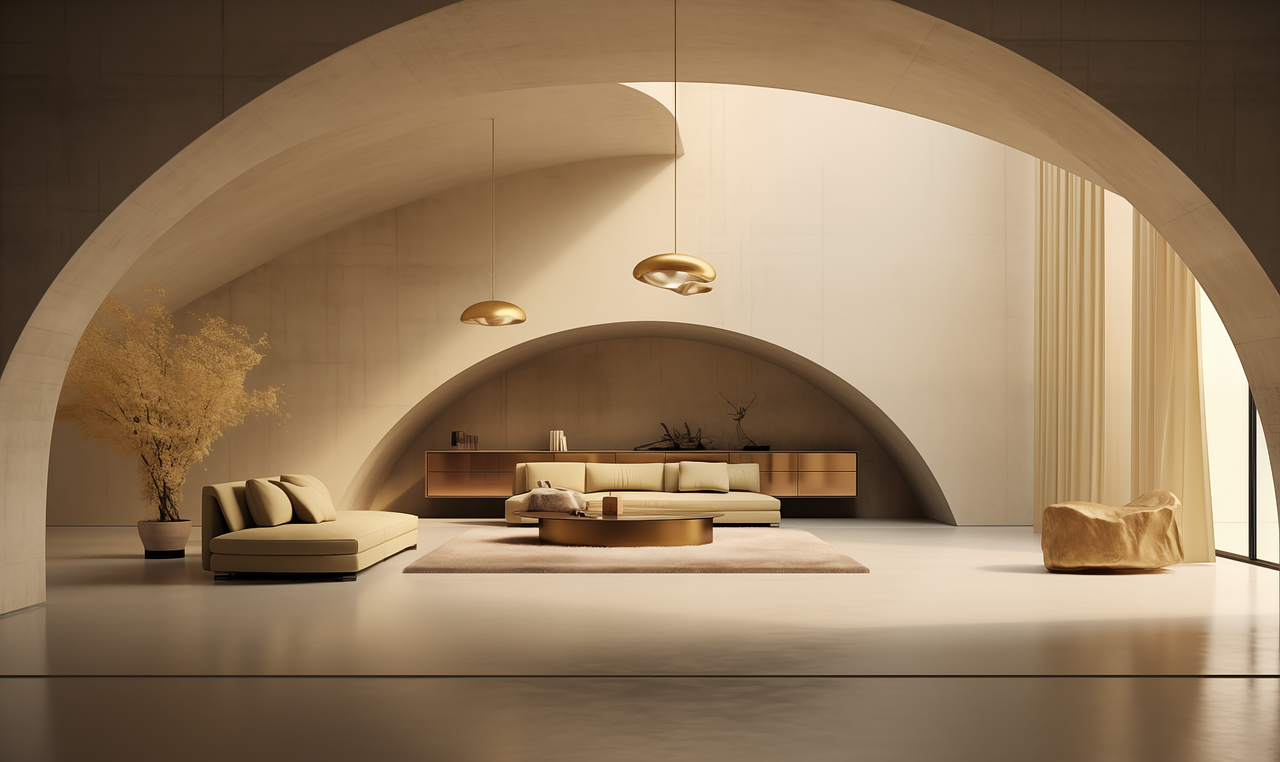
In a minimalist home, decor serves as a subtle enhancement to the space rather than a focal point. The key is to select items that contribute to the overall aesthetic while maintaining functionality. Every decorative element should be chosen with intention and purpose.
Functional Decor
Embrace decor that serves a dual purpose, adding both beauty and utility to your space:
- Wall clocks: Timekeeping with artistic flair
- Decorative mirrors: Expand space visually while serving practical needs
- Textured throw pillows: Add comfort and subtle visual interest
- Sculptural lighting fixtures: Illuminate while doubling as art pieces
- Woven baskets: Stylish storage solutions
- Minimalist area rugs: Define spaces and add warmth
- Plant stands: Bring nature indoors with elevated greenery
- Floating shelves: Display essentials with a clean look
Art and Accessories
Carefully chosen art and accessories can elevate a minimalist space without overwhelming it:
| Type | Examples | Placement Tips |
|---|---|---|
| Wall Art | Large-scale abstract prints, black and white photography | Singular statement piece on a prominent wall |
| Sculptures | Geometric forms, natural materials | Single piece on a console or shelf |
| Textiles | Linen curtains, wool throws | Neutral colors, subtle textures |
| Vases | Clear glass, matte ceramics | One or two pieces with simple floral arrangements |
| Books | Curated collection, neutral spines | Small stack on coffee table or neatly arranged on shelves |
| Candles | Unscented, minimalist containers | Grouped in odd numbers for visual interest |
Remember, in minimalist decor, less is more. Each piece should be carefully considered for its contribution to the overall aesthetic and functionality of the space.
Maintaining a Minimalist Home
Creating a minimalist home is just the beginning; maintaining this serene environment requires ongoing effort and commitment. By establishing daily habits and regular routines, you can preserve the clutter-free and peaceful atmosphere that minimalism provides.
Daily Habits
Incorporate these simple practices into your daily routine to maintain a minimalist home:
- Make the bed: Start each day with a tidy bedroom
- One in, one out rule: For every new item, remove an old one
- Digital decluttering: Regularly clean up emails and digital files
- 30-minute tidy-up: Set a timer for a quick daily clean
- Mindful purchasing: Question every potential new acquisition
- Immediate mail sorting: Handle mail as it arrives to prevent pileup
- Nightly reset: Return items to their designated places before bed
- Minimal surface policy: Keep countertops and tables mostly clear
Regular Decluttering Sessions
To prevent the gradual accumulation of unnecessary items, schedule regular decluttering sessions:
| Frequency | Focus Area | Action Items |
|---|---|---|
| Weekly | Quick sweep | – Review incoming items<br>- Reset problem areas<br>- Update to-do lists |
| Monthly | Deep clean | – Declutter one room thoroughly<br>- Reassess storage solutions<br>- Donate unused items |
| Quarterly | Seasonal review | – Rotate wardrobes<br>- Evaluate decor<br>- Update digital files |
| Bi-annually | Major overhaul | – Tackle neglected spaces (garage, attic)<br>- Reassess furniture arrangements<br>- Review long-term storage |
| Annually | Lifestyle audit | – Reflect on minimalist goals<br>- Plan for upcoming year<br>- Celebrate progress |
By integrating these habits and scheduled decluttering sessions into your lifestyle, you’ll maintain the simplicity and serenity of your minimalist home, allowing you to fully enjoy the benefits of this intentional way of living.
Conclusion
Embracing minimalism in home design is a transformative journey that leads to a more intentional, peaceful, and fulfilling living environment. By following the principles and practices outlined in this guide, you can create a space that not only looks beautiful but also supports your mental well-being and productivity.
Remember, minimalism is not about deprivation but about creating space for what truly matters in your life. As you implement these strategies, you’ll discover the freedom and clarity that comes with living with less, allowing you to focus on experiences and relationships rather than material possessions.
[Top]